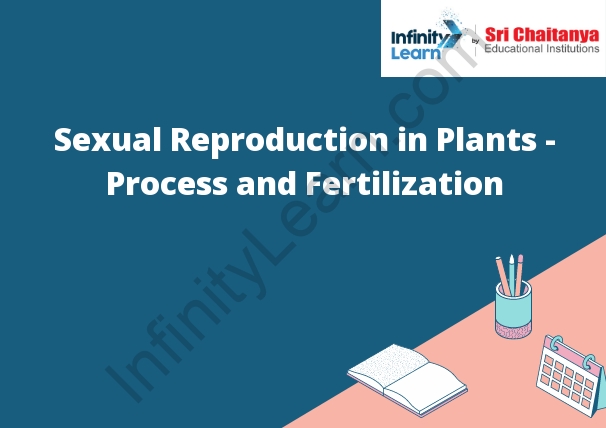Table of Contents
Sexual Reproduction in Plants :
Sexual reproduction in plants is a process in which a new organism is created using the genetic material from two parents. This process begins with the fusion of two cells, called gametes, to form a zygote. The zygote then undergoes mitosis to divide into multiple cells, which eventually develop into a new plant.

The Process of Sexual Reproduction
Sexual reproduction is a process by which organisms create genetically diverse offspring through the fusion of two gametes. The process begins with the production of gametes by the male and female reproductive organs. The male gametes, or sperm, are produced in the testes and transported through the vas deferens to the penis, where they are expelled during ejaculation. The female gametes, or eggs, are produced in the ovaries and transported through the fallopian tubes to the uterus, where they are fertilized by the sperm. Fertilization occurs when the sperm penetrates the egg, and the resulting zygote divides to form a blastocyst, which implants in the wall of the uterus. The developing embryo receives nutrients from the mother’s blood supply and eventually becomes a fetus. The fetus is eventually born, and the process begins anew.
The Layers of a Flower
The outside layer of a flower is the epidermis. The epidermis protects the flower and helps it to get water and nutrients from the soil.
Underneath the epidermis is the dermis. This layer is made up of cells that are filled with a sticky substance called mucilage. The mucilage helps the flower to stay in the ground and to get water and nutrients from the soil.
The next layer is the vascular tissue. This layer contains the plant’s veins and arteries. It helps to move water and nutrients from the roots to the rest of the plant.
The innermost layer of a flower is the reproductive tissue. This layer contains the flower’s ovules and pollen. It helps the flower to reproduce.
The Pollination and Fertilization of Plants
Fertilization is the process of the union of the male and female cells in a plant to form a zygote.
The transfer of pollen from the stamen to the pistil is a vital step in the process of reproduction in flowering plants. Pollen contains the male gametes or sperm, which unite with the female gametes or eggs in the ovules of the pistil to form a new plant.
Process of Sexual Reproduction in Flowering Plants
Sexual reproduction in flowering plants is a process by which a new organism is produced from two parents. The process begins when the male and female sex cells, or gametes, fuse together to form a new cell, called a zygote. The zygote then divides and grows into a new plant.
Pollination and Fertilization
Pollination is the transfer of pollen from the anthers of a flower to the stigma of another flower. This process allows the pollen grains to travel from the male organ of the flower to the female organ, where fertilization can take place. Fertilization is the process of the sperm cell from the pollen grain merging with the egg cell inside the ovule to form a zygote.
Microsporogenesis
Microsporogenesis is the process of production of microspores from the larger cells of the male gametophyte, the pollen grain. In plants, this process occurs in the anthers of the flower.
The microspores undergo meiosis to produce haploid sperm cells. The sperm cells then travel down the pistil to the ovules, where they fertilize the egg cells to produce the next generation of plants.
Megasporogenesis
A megasporocyte is a haploid cell that will divide to form four megaspores.
Development of a Seed
When a seed is first formed, it is small and has a hard outer shell. The seed also has a small root that will help it to grow into a plant.
Features of Sexual Reproduction
Sexual reproduction is a process that results in the creation of a new organism, genetically different from the organisms that created it. In sexual reproduction, two parents contribute genetically diverse cells to create a new individual.
Sexual reproduction is a more complex process than asexual reproduction. Fertilization occurs when the male sex cell, or sperm, combines with the female sex cell, or egg.
After fertilization, the cells begin to divide and grow, forming a new embryo. The embryo will continue to grow and develop, eventually becoming a new individual. Sexual reproduction results in a greater genetic diversity than asexual reproduction. This increases the chances that the new organism will be able to survive in a changing environment.









